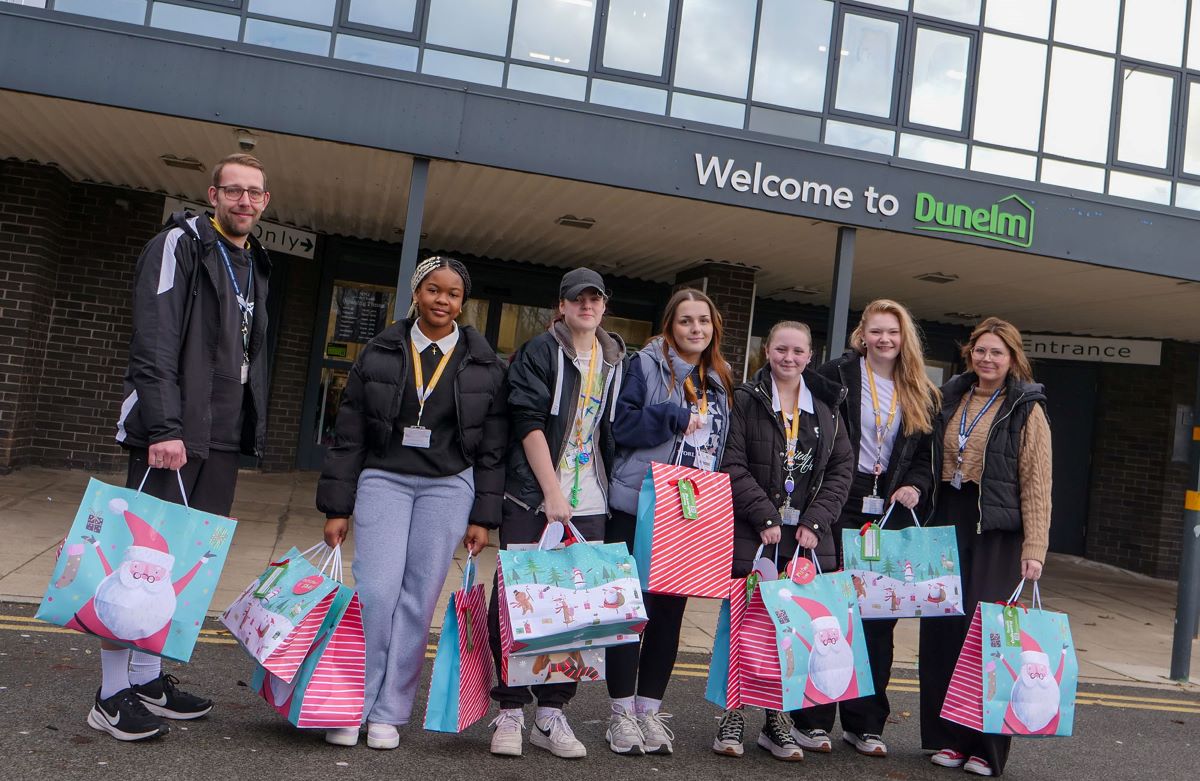Making the invisible, visible – Nurturing engineering talent with successful female role models

#BuildTheFuture with women in STEM: the importance of diversifying engineering teams on the path to achieving our net-zero target
Late last year, I gave a talk to 150 headteachers as part of the annual Girls’ School Association event. My talk was all about the ongoing challenge of attracting more diverse talent into engineering.
It’s an area of our diversity and inclusion strategy that I feel very strongly about and, as not only a father but a CEO as well, I feel it’s a subject upon which I can really make an impact.
But what is the size of the problem, and are we making inroads?
In STEM-related fields like engineering, science and technology, women account for just 24% of the workforce.
Engineering UK has said that the UK will need 1.8 million engineers by 2025 simply to meet the demands of the UK, and some of the new green industrial sectors that stand to be created.
Most worrying for me as the GB&I head of a multinational engineering company is, are we getting the very best minds through the door at Siemens, or are we simply getting a small cross section of society?
If we’re inadvertently closing the door to hundreds of thousands of teenagers who are disregarding STEM careers, we’re losing that rich seam of diversity of thought, doomed never to break free of a homogenous way of thinking.
And it’s new thinking that we need in our industry more than ever. COP26 opened our eyes to the size of the challenge. The UK’s low carbon economy is now worth more than £200bn, almost four times the size of the country’s manufacturing sector, with growth expected to accelerate in the coming years, according to new analysis.
There are more than 75,000 businesses from wind turbine manufacturers to recycling plants employing over 1.2 million people in the low carbon and environmental goods and services sector economy, but we need new skin in the game and new ideas, and that can only come from a healthy pipeline of young engineers coming into the workplace from all walks of life.
Nurturing diverse talent
As a parent, I see the role schools play in shaping young minds and giving them the best possible platform to build upon as they go through life. This is where role models are so important. Successful female STEM role models can serve as ‘social vaccines’, and can be inspirational when it comes to reducing self-stereotyping and increasing a feeling of belonging. That’s why we decided to launch the Siemens ‘SeeMe’ programme.
The programme consists of a stage show and supporting teacher training resources that present a spotlight on modern STEM female role models within industry. It explores women’s ground-breaking contributions to science, technology and engineering, and identifies the range and scope of careers available within the STEM arena.
In a world where the UK needs 203,000 people with Level 3+ engineering skills each year to meet demand, it is vital our education programme continues to highlight role models from a diverse variety of identities and backgrounds; increasing the opportunity for young people to see and recognise people like themselves in exciting and challenging careers.
Making the invisible, visible
Young girls who have been encouraged, supported and nurtured through school are all too often sent into a world of work that, in some instances, is the binary opposite of what they’d hoped for. Male overalls, male safety shoes, male goggles and male workstations. Clothing that’s too big, too cumbersome and when worked in for a period of time, agonising and dangerous.
I am proud to say that at Siemens, this was identified and rectified a number of years ago. But rather than simply focus on gender, our approach has been to change things from a ‘safety engineering’ perspective, being inclusive wherever possible and creating an environment in which everyone feels not only comfortable, but safe. For instance, at our Congleton site, we will always digitally model a new process in the virtual world. This is to ensure an operator is comfortable and will not suffer when completing an action or task multiple times per day. We’ll model this for operators of all dimensions and stature.
Put simply, it’s no good having a process that works for 99 people and not the one who, as a result, might drop out of engineering for good. We might lose someone that could help us tackle a problem further along the line. Or worse still, we might alienate that person or put them in harm’s way.
What this is about is creating a culture of inclusiveness, and ultimately empathy. Leaders of schools, companies and parents of children all have the task of creating the right conditions for ideas to flourish…for people to feel empowered and to remove as many barriers that may hold back or stifle innovation. If our young talent can’t bring their whole selves to work, then we’ll only ever solve half the problems we’re faced with. And a society that excludes a large percentage of voices from the climate challenge will only solve a proportion of it as result.
We, in industry, cannot open our doors to allow in students and apprentices, having guided them through the school system only to leave them disenfranchised and brow-beaten at the workplace they’re presented with.
We have a monumental challenge in this country in the coming years, and the race is on. But this challenge should fill everyone in our industry with great optimism. We have the opportunity to start changing the statistics.
With every voice in the discussion being heard, we are giving ourselves the best chance of survival on planet earth by building a green industrial revolution, delivering a just transition, and creating a fairer, more equitable society.











Responses